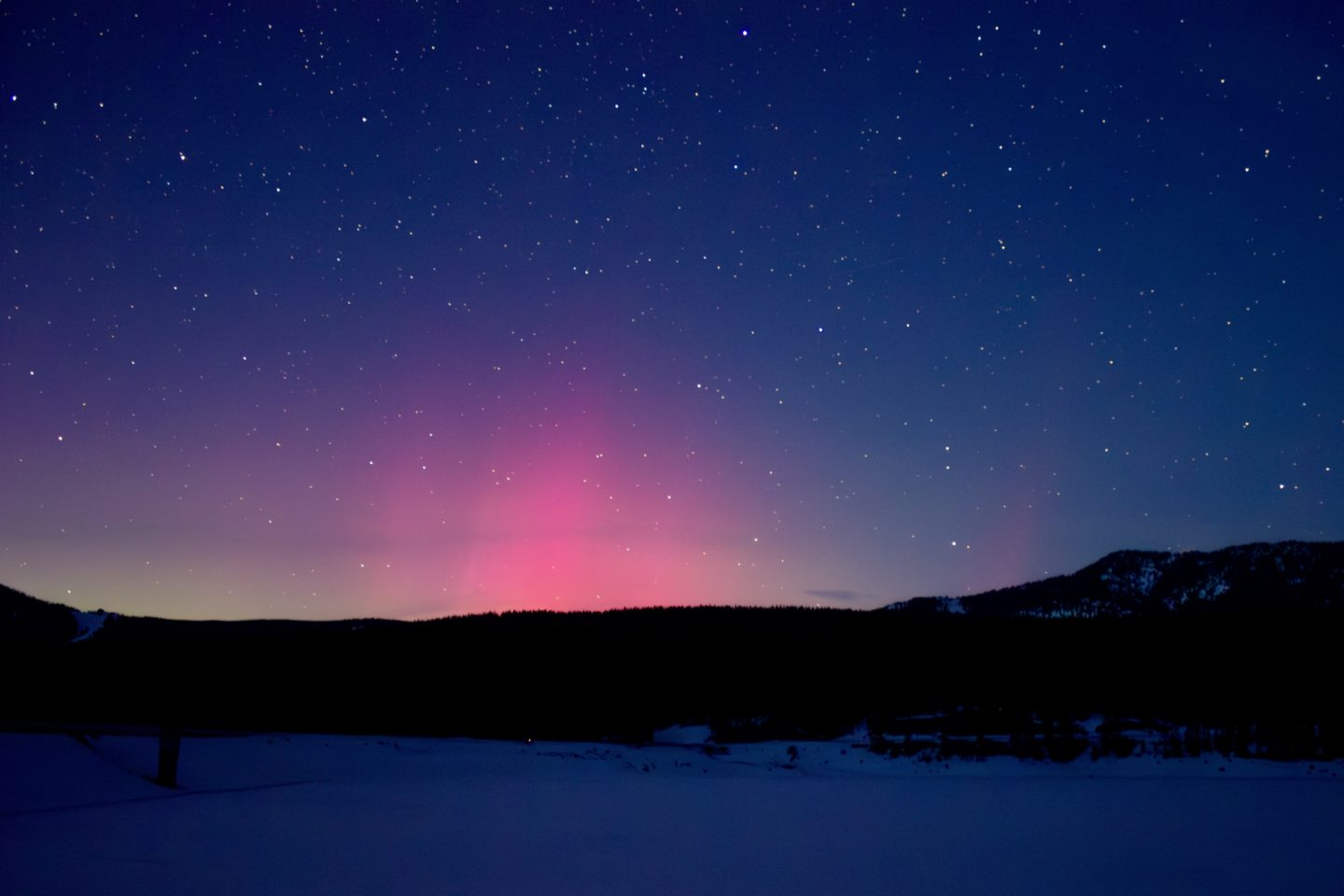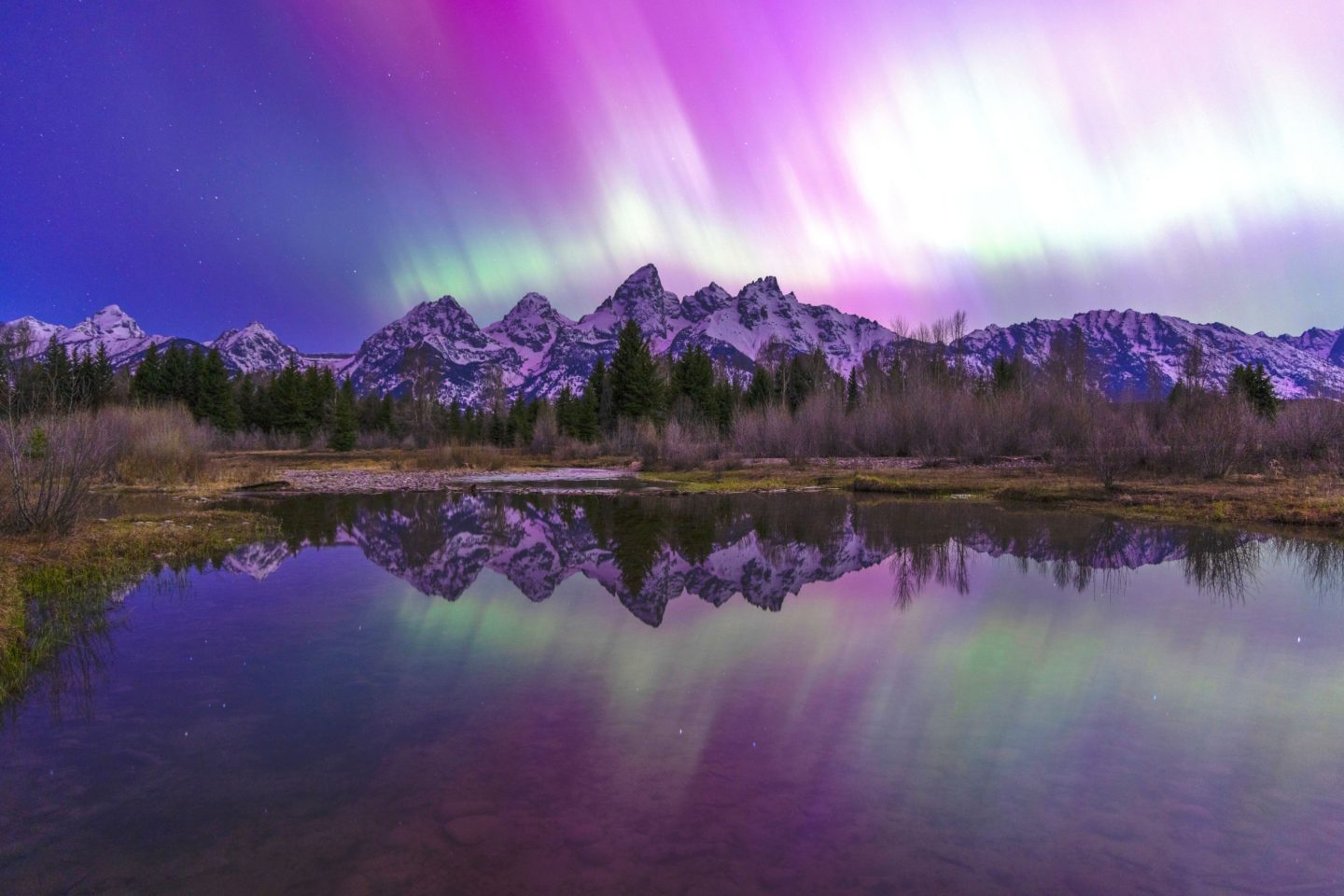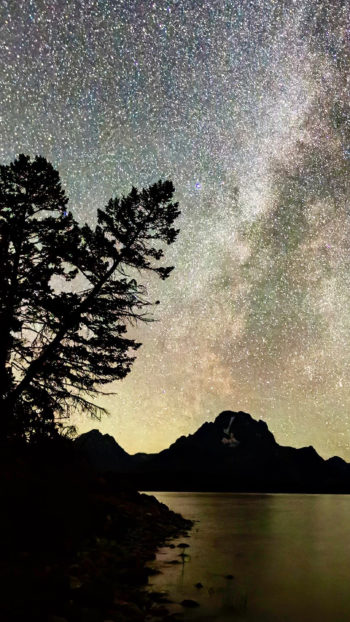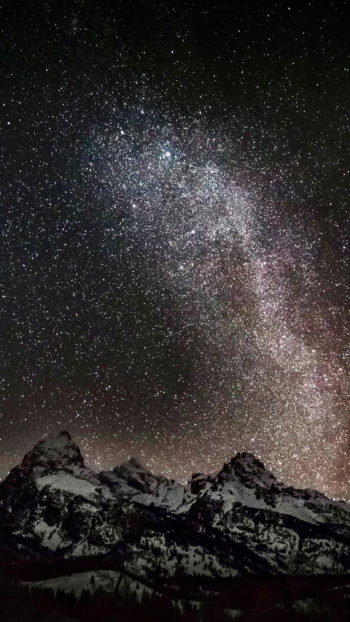Jackson Hole is renowned for its stunning landscapes and abundant wildlife, but after the sun sets, the region offers one of the most spectacular night sky experiences in the country. Thanks to its high elevation, minimal light pollution, and breathtaking views of the Milky Way, Jackson Hole is a top-tier destination for stargazing enthusiasts. But when is the best time to visit Wyoming for dark sky stargazing? This guide explores the best seasons for stargazing, must-see astronomical events, and expert tips for making the most of your night under the stars.
Why Timing Matters for Stargazing in Jackson Hole
The night sky and visibility of astronomical objects will be different depending on when you choose to take your stargazing tour. This is due to several factors related to Jackson Hole’s geography, climate, and light conditions. Here’s why timing matters:
How the Seasons Affect Night Sky Visibility
The time of year affects which stars, planets, and constellations are visible. For instance, winter months in Jackson Hole offer great opportunities to see planets like Jupiter and Saturn, while the summer months bring deep space objects into view, such as the Great Cluster in Hercules and the Ring Nebula. Our galaxy, the Milky Way, is best seen during the summer months when the star-dense galactic core is visible overhead.
Key Celestial Events to Watch for Throughout the Year
Jackson Hole offers incredible stargazing with events like meteor showers such as the Perseids and Geminids, eclipses, planetary alignments, and supermoons. The Milky Way is best visible from May to September, while planetary oppositions and comets can provide stunning sights throughout the year whenever these rare events occur.


Seasonal Guide to Jackson Hole’s Night Skies
The time of year that you visit Jackson Hole will impact what you can see in the sky. While stargazing is an awe-inspiring experience year-round, if you have certain things you are hoping to see, here is a brief guide to Jackson Hole stargazing seasons:Spring – Crisp Skies and Lesser-Known Deep Space Objects
Spring in Jackson Hole offers crisp, clear skies, perfect for observing celestial objects that you cannot see with your naked eye. While the Milky Way isn’t fully visible yet, spring is an excellent time to view deep-space objects such as Bode’s Galaxy and the Beehive Cluster.
Summer – The Milky Way in Full View
Summer night sky in Wyoming brings arguably the best stargazing, with the Milky Way fully visible from May through September. Dark, moonless nights are the perfect time to view the dense starry band stretching across the sky. Deep space objects such as the Great Cluster in Hercules and the double star Albireo also make summer stargazing an event that cannot be missed.
Fall – Meteor Showers and Deep-Sky Clarity
Fall is ideal for meteor showers, including the Perseids in August and Geminids in December. The cooler air provides excellent clarity for deep-sky viewing, allowing you to see nebulae and distant galaxies such as the Andromeda Galaxy in sharper detail. It’s also a time for great planet visibility, especially Saturn later in the season.
Winter – Ultra-Clear Skies and Possible Northern Lights
Winter stargazing in Jackson Hole offers ultra-clear skies, perfect for admiring the stars. Cold temperatures reduce atmospheric interference, giving exceptional views of planets and constellations. The crisp winter air can also bring the occasional Northern Lights, adding a rare, magical element to the night sky.
Best Stargazing Events to Plan Your Trip Around
To make the most of your experience, planning your trip around key celestial events can ensure you witness some of the most spectacular sights the night sky has to offer. Here are some exciting stargazing events to consider when planning the best time for a night sky tour in Jackson Hole:
Annual Meteor Showers Visible from Jackson Hole
Jackson Hole offers prime viewing for some of the best meteor showers, including the Perseid Meteor Shower (August) and the Geminid Meteor Shower (December). With its dark skies, Jackson Hole provides a perfect vantage point to watch meteors streak across the sky, especially during peak viewing times near the New Moon.
Eclipses & Planetary Alignments Worth Traveling For
Eclipses and planetary alignments are rare but spectacular events worth planning your trip around. Lunar eclipses, where the Earth’s shadow casts a red glow on the moon, are mesmerizing to witness; the next lunar eclipse visible from Jackson Hole will take place in the early hours of March 3, 2026. Also, planetary conjunctions—like when Jupiter and Saturn align—offer a stunning display, ideal for photography and telescope viewing in Jackson Hole’s dark skies.
When to See the Milky Way in Wyoming
The Milky Way is most visible in Jackson Hole from late spring to early fall, particularly on moonless nights between May and September. During this time, the Milky Way stretches across the sky, making it the best time to witness its glowing band of stars and dense galactic core in all its splendor.

Tips for Maximizing Your Stargazing Experience
To get the most out of your stargazing adventure in Jackson Hole, there are a few tips and techniques that can enhance your experience and ensure you see the best views of the night sky. From avoiding light pollution to knowing the optimal viewing times, here are some essential tips to help you make the most of your time under the stars:
How to Avoid Light Pollution for the Best Viewing
To maximize your stargazing experience in Jackson Hole, it’s essential to avoid light pollution. Head to more remote locations like Grand Teton National Park or National Elk Refuge, where artificial light is minimal. Consider visiting national parks with remote wilderness or checking the moon phase to plan for moonless nights, which provide the darkest skies for stargazing.
The Best Time of Night for Stargazing in Jackson Hole
The best time for stargazing in Jackson Hole depends on the season; in winter the sky darkens as early as 6:30, but in the summer, the sky usually is not fully darkened until almost midnight. For optimal viewing, the best window is often from midnight to 3 AM, when the sky is at its darkest and celestial objects are most visible. During this period, planets, constellations, and meteor showers are most prominent.
Using a Telescope or Binoculars to Enhance Your Tour
While the naked eye offers incredible views of the night sky, a telescope or binoculars can enhance your experience. A telescope will allow you to get up close to celestial objects like planets and star clusters and to see exquisite detail in the Moon’s craters. Binoculars, on the other hand, are more portable and can be used to catch a glimpse of objects like distant galaxies or the Milky Way’s core. Be sure to bring a red flashlight to preserve your night vision while adjusting your equipment.
Whether you are visiting Jackson Hole in spring, summer, fall, or winter, you are sure to have access to some of the most remarkable dark skies for wondrous stargazing. Be sure to plan ahead if you have certain celestial events that you wish to see. Give us a call to determine the best time of year to book your trip!
FAQs
What is the best month for stargazing in Jackson Hole?
The best month for stargazing in Jackson Hole depends on what celestial events you want to see. Summer (June – August) offers warm nights and the best view of the Milky Way. Fall (September – November) brings meteor showers and crisp skies. Winter (December – February) provides the clearest, darkest skies with the chance to see the Northern Lights, while Spring (March – May) showcases far away galaxies and constellations in prime clarity.
Can I see the Milky Way year-round in Jackson Hole?
The Milky Way is visible year-round in Jackson Hole, but the best viewing occurs during the summer months when the galactic core is above the horizon for extended periods. Late June through early September is ideal for Milky Way photography, as the sky is darker for longer than it is earlier in the summer, and the core is at its highest point.
Are there guided stargazing tours available in Jackson Hole?
Yes! Jackson Hole Wildlife Safaris offers expert-led stargazing tours that provide telescopes, knowledgeable guides, and curated experiences in the best dark sky locations. These tours help guests navigate the night sky, locate constellations, and witness rare celestial events with professional insight.
What should I bring for a stargazing safari in Jackson Hole?
To maximize your stargazing experience, bring warm layers (even in summer), a red flashlight (to preserve night vision), and binoculars or a telescope for better viewing. If you’re interested in astrophotography, a tripod and a camera with manual settings, such as a DSLR, will help capture the beauty of the night sky.
How does the altitude in Jackson Hole affect stargazing?
Jackson Hole’s high elevation (over 6,000 feet above sea level) provides a significant advantage for stargazing. Higher altitudes mean thinner air and less atmospheric distortion, leading to crisper, clearer views of celestial objects. This is why stargazing in Jackson Hole often offers better visibility than in lower-altitude locations.




